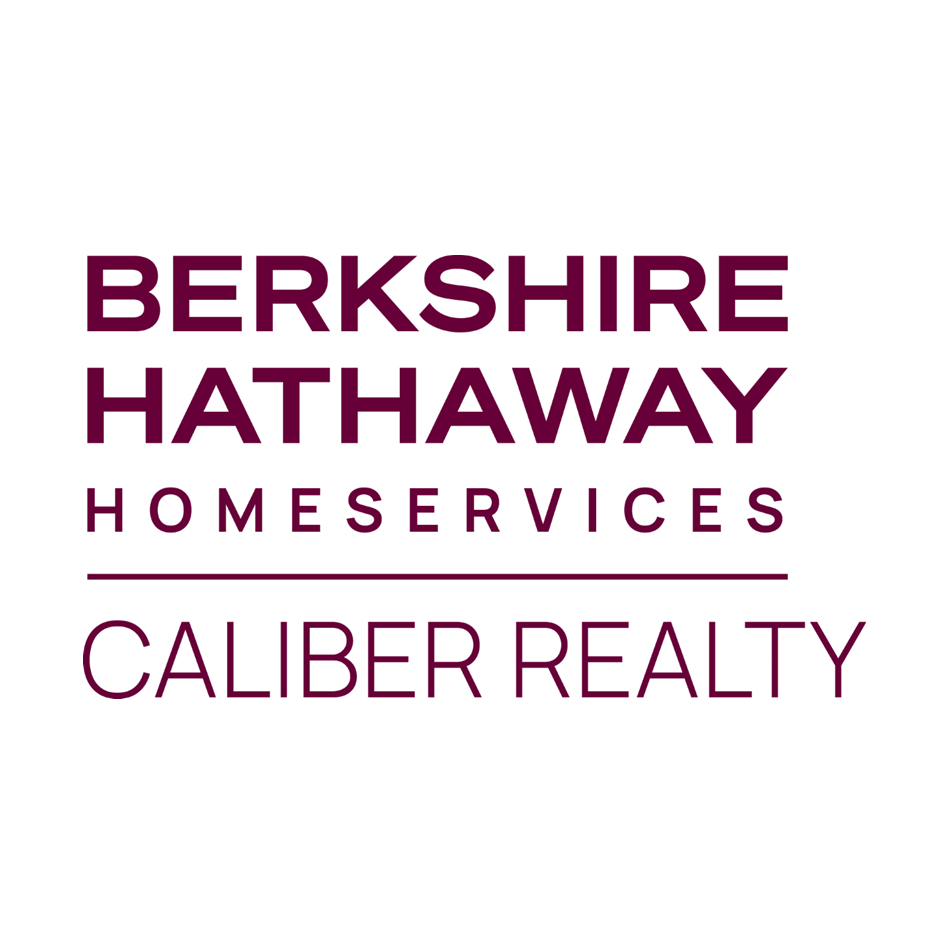Dealing with pest control issues in rental properties
 As a landlord, maintaining pest-free rental properties is crucial for tenant satisfaction, property value, and legal compliance
Here are essential tips to help you effectively manage pest control issues:
As a landlord, maintaining pest-free rental properties is crucial for tenant satisfaction, property value, and legal compliance
Here are essential tips to help you effectively manage pest control issues:

